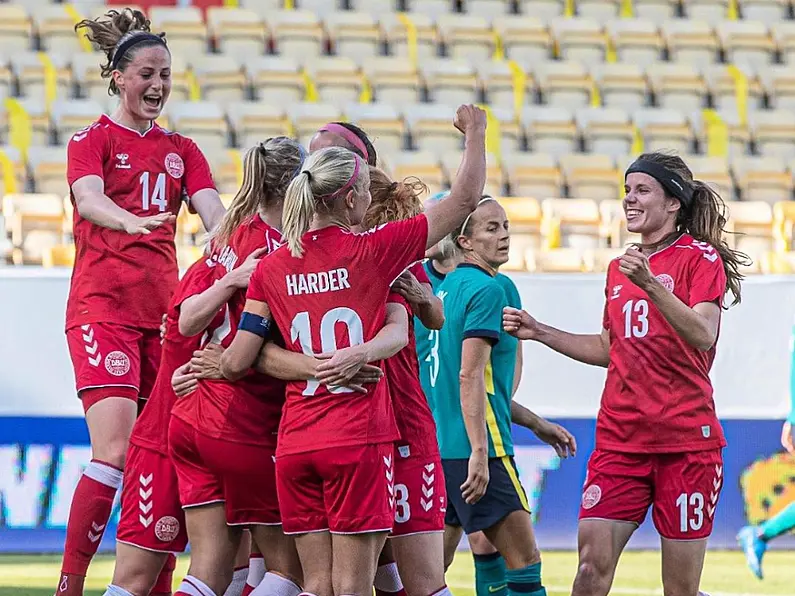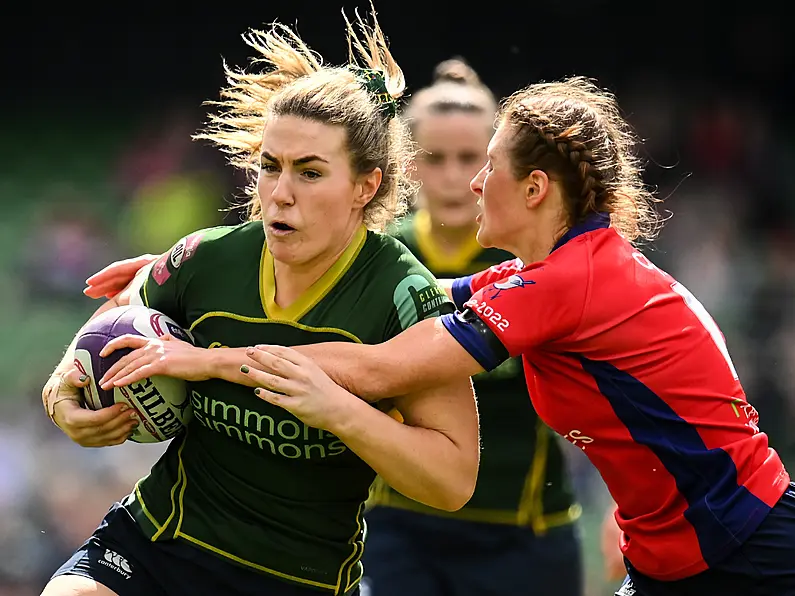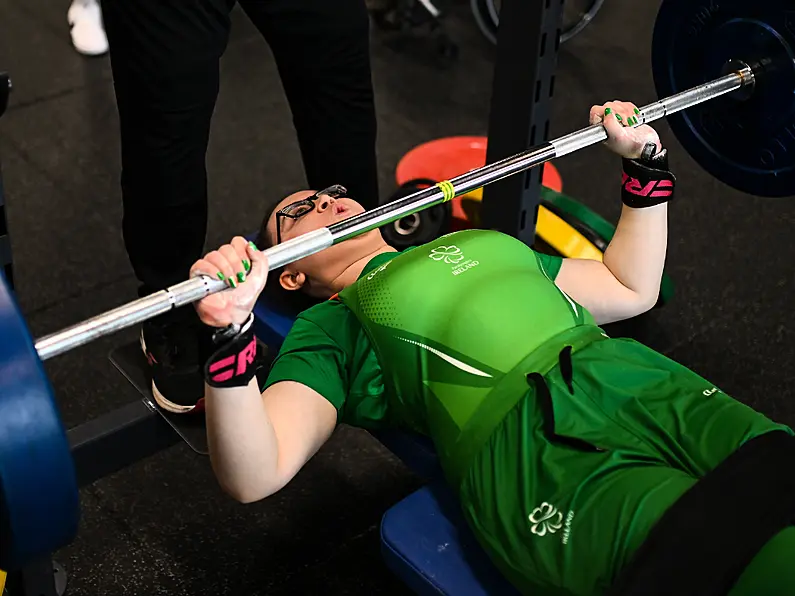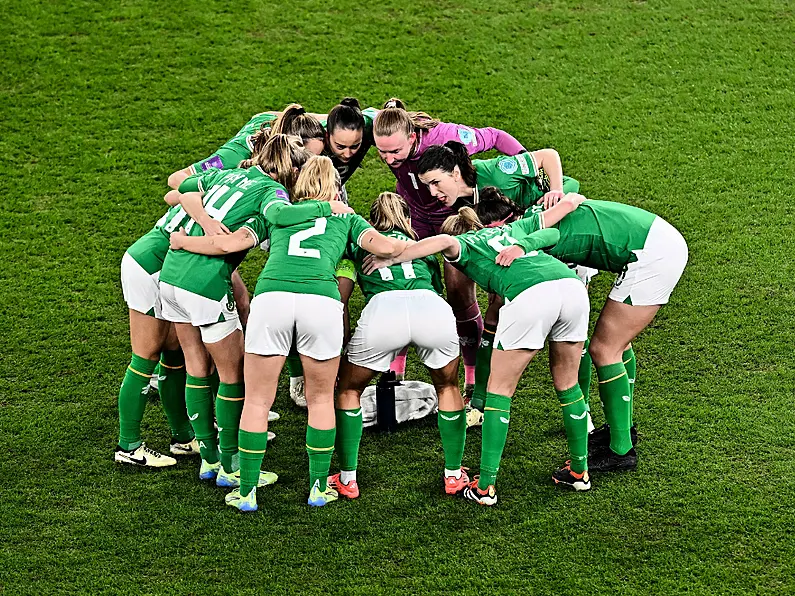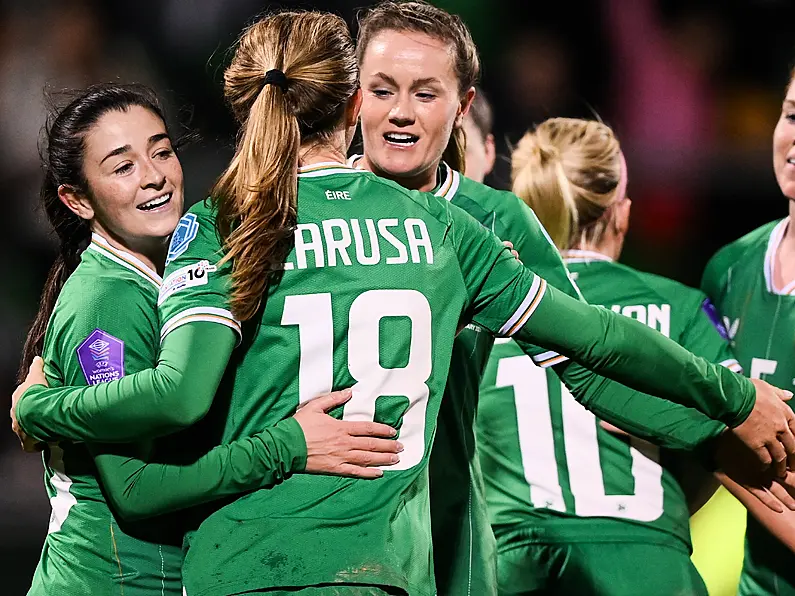The 2023 FIFA Women's World Cup was full of surprises and action, making it one of the most memorable World Cups. In a groundbreaking move leading up to the global tournament, 44 Women's World Cup players pledged to take climate action to offset the carbon emissions associated with their travel to and from Australia and New Zealand for the tournament.
This collective effort marked the largest player-led climate action initiative in the history of football.
The initiative is spearheaded by Danish international Sofie Junge Pedersen, joined by Canadian player Jessie Fleming and Italian player Elena Linari. Common Goal, a global football collective movement focusing on social and environmental causes, and Football For Future, a UK-based climate advocacy organization within football, are facilitating this campaign.
Sofie Junge Pedersen initiated the effort, driven by her determination to find a meaningful way for players to address the environmental impact of long-haul flights. Jessie Fleming and Elena Linari played pivotal roles in turning the campaign into a global movement, rallying players from their respective national teams to participate.
"How can I make a difference?"
Sofie Junge Pedersen on her climate action journey in football.
This is her story, in her words.@sofiejungep 🤝 @ftblforfuturehttps://t.co/cwu5qxGVT2— Common Goal (@CommonGoalOrg) September 5, 2023
Acknowledging that donating to climate resilience, carbon offsetting, and adaptation initiatives represents only a short-term solution to the climate crisis, the campaign underscores the importance of players setting an example and taking tangible steps toward environmental responsibility.
"I want to ensure my World Cup experience has a positive environmental legacy. Climate change is the biggest issue humanity faces, and I want to be part of the solution," Sofie Junge Pedersen said.
"While there are no current sustainable solutions to aviation, as players, we are setting an example and taking a tangible step in the right direction."
A central policy goal of the campaign is to inspire governing bodies to make carbon considerations a fundamental criterion in the bidding process for hosting tournaments.
"This is a topic I feel passionate about, and I hope this action my teammates and I are taking accelerates the climate conversation and sets a precedent for what athletes can do to push for more environmental policies in football," Canada's Jessie Fleming said.
The campaign employs a rigorous and scientific methodology to calculate the environmental impact of players' flights to and from the Women's World Cup, directly assessing the flights' carbon emissions. Players then contribute funds to a combination of climate resilience, carbon offsetting, and adaptation projects overseen by WWF in Australia, New Zealand, and DanChurchAid in Uganda.
Elena Linari commented, "The fact that this is a player-led initiative is inspiring. Like all players, I’m focused on doing the best I can at the World Cup, but I also want to acknowledge that football has an impact on the planet and, most importantly, do something concrete about it."
🚨44 World Cup Stars Take Part In Biggest Player-Led Climate Action In Football History!
Supported by FFF and @CommonGoalOrg, players from four countries are taking action for the environmental impact of their flights to and from the tournament 🗣️
👀👇https://t.co/fUVKFhQIl9— Football For Future (@ftblforfuture) July 13, 2023
Common Goal and Football For Future have provided support and guidance to the players throughout this initiative. Elliot Arthur-Worsop, the Founder of Football For Future, emphasized the need for change in football's approach to environmental sustainability: "There’s currently no sustainable solution for the environmental cost of air travel. Governing bodies need to acknowledge the impact that their tournaments have on the natural world and introduce carbon considerations as key criteria in the bidding process for hosting future tournaments."
This initiative underscores the growing awareness among athletes and the broader sports community about the environmental footprint of major sporting events. It also signals a significant step toward fostering environmental responsibility within the world of professional sports.
The 44 players involved set a powerful example, and their efforts may inspire further climate action in the sports industry, particularly as the focus on sustainability in sports continues to gain momentum.
